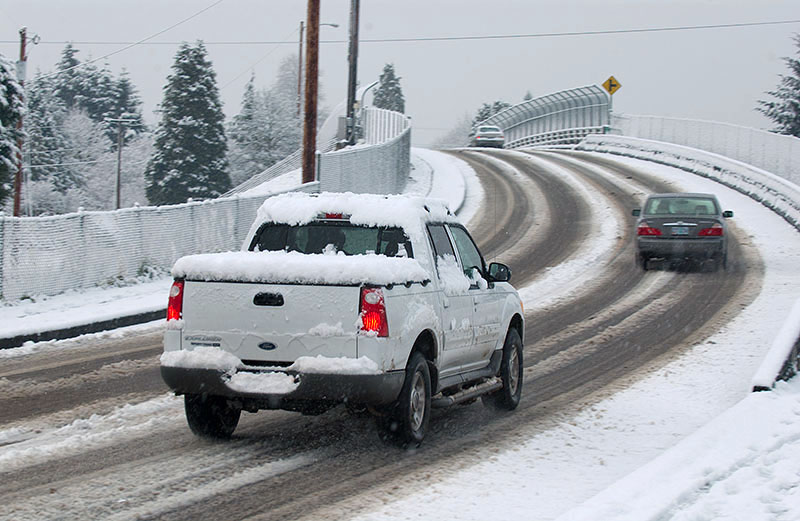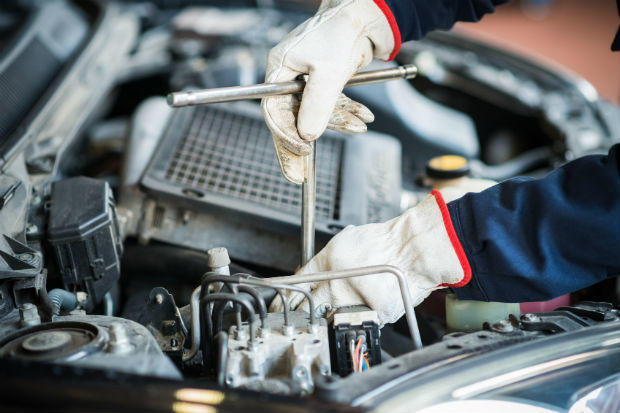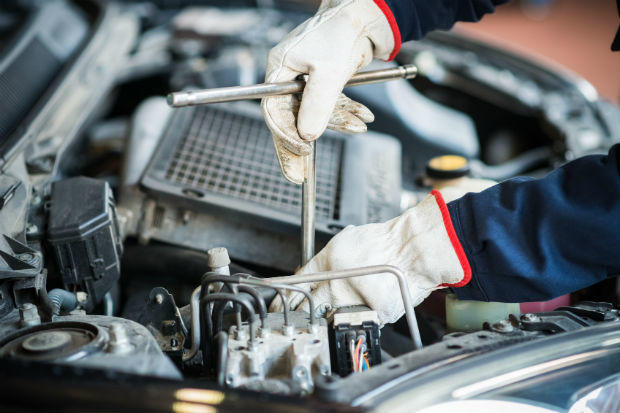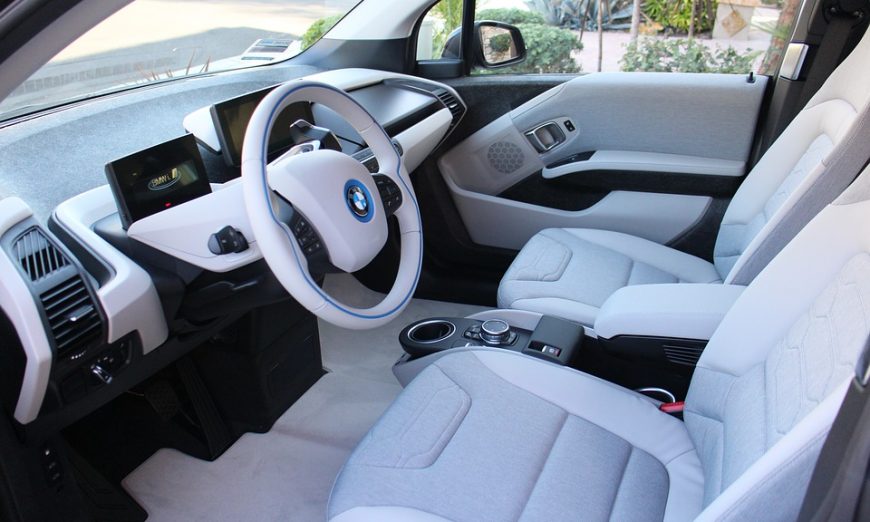
Don’t look now, but the winter travel season will be here faster than you can say, “If every day was Christmas.” For drivers, a winter wonderland can mean a nightmare of freezing rain, sleet, ice and snow that no red nose can mitigate. Of course, the end of the year and the depths of winter are when a majority of travelers hit the interstates in their cars — many of which may possess an aspect of their powertrains that counts snow and ice as a traction-reducing, fishtail-inducing mortal enemy: rear-wheel drive. Conventional wisdom suggests that winter roads and rear-wheel drive go together as well as oil and water. Which is to say: not at all! Why? The issue is weight distribution. In a rear-wheel drive vehicle, the engine’s weight is in the front but the drive wheels are in the back. That’s a big difference when you need your tires to grip wet or icy roads. So what’s a rear-wheel driver to do, especially when winter is on its way? A little preparation can lead to safe travels in a rear-wheel vehicle even when snow blankets the road. Take these three tips to heart to survive winter with rear-wheel drive:
1. If the conditions are beyond your abilities, don’t take undo risk; know when to say when. Use weather apps or sites to investigate what Mother Nature has in store for you not just at your destination, but also along your route. Then make an educated decision.
2. Add weight to the rear. By adding weight to the back of the vehicle, you’re essentially adding weight on the axle that provides power. “If there’s weight on the axle and tires which spin,” writes The News Wheel, “the car can grip better.” In a car, this means loading up the trunk. In a truck, this means loading up the bed. You can use sandbags, boxes of kitty litter, or even bags of dirt. On the plus side, sand and dirt can be used in your yard come spring, and kitty litter can be used to clean up oil spills in the garage! Talk about multi purpose materials.
3. Take the time you need to get to your destination safely. Don’t speed.
4. Practice, practice, practice. Driving school executive Todd Harris is blunt about rear-wheel drive. “Rear-wheel drive is the worst configuration to drive in the snow,” says Harris via U.S. News & World Report, but there’s a solution. “The only way you get better at anything is by practice.” When it comes to rear-wheel drive and winter weather, it can make all the difference. You can do this by rehearsing cold weather driving in a rear-wheel drive vehicle and signing up for a winter weather driving class in your area. These classes teach car control techniques using vehicles that simulate skids in special, low-friction environments that mirror winter driving conditions. Rehearsal scenarios may include steering out of a skid and sudden braking in a slippery situation. There are winter driving skill clinics for teens, seniors, pretty much everyone! Do an online search for “winter driving schools” in your area to get started.
5. Be aware that snow and ice changes by the minute, which in turn changes available traction. At any given spot, traction also changes with each car that passes by. Don’t base your braking or turning decisions on other cars.
Truthfully, now that every modern car has traction control and stability programs, rear-wheel drive isn’t much of a challenge. Just slow down. SLOW. DOWN.










